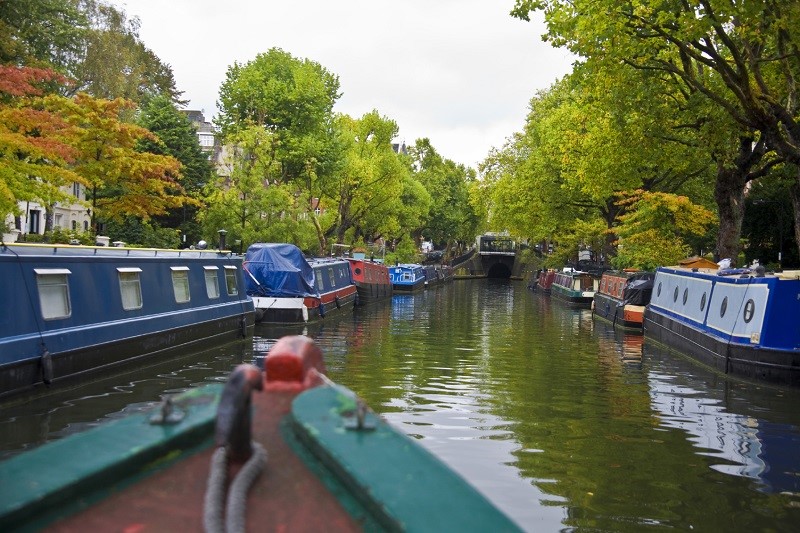Barging around London
An MSc student project designed a zero-emission barge aimed at increasing sustainable freight on London's canals

10 March 2016
The problem
According to the Regents Network, the 2009 draft London Plan did not adequately plan for the use of London's canal system (see The Regents Network's response to 'A new plan for London'). The lack of commercial transport on the canals represented a missed opportunity to address London’s road congestion and air pollution problems.
Along with the Friends of Regent's Canal, a group that promotes protection of the canal’s cultural and environmental benefits through responding to planned developments in the area, Del Brenner of the Regents Network proposed that increasing canal freight could contribute to better air quality and reduced congestion. In addition, benefits could also arise for business and tourism, by shifting traffic flows to lesser-used pathways.
However, Mr Brenner believed that technical analyses were required before any large-scale barge-freight projects could be initiated.
Our solution
The EngEx introduced the Regents Network to Prof Giles Thomas, part of UCL's Marine Research Group. Together they developed the idea for Barging Around London, a MSc project in the UCL Department of Mechanical Engineering which aimed at producing a cost-effective, zero-emissions solution for freight transport on London’s canals, including design requirements, cost, and feasibility.
The project began with a concept design for a modern ‘ecoTug’ and barge system for London’s canals. This was further developed in a thesis project by Henrik Utvik, a student on the MSc in Naval Architecture programme, who proceeded to undertake the design for a canal freight vessel, including detailing solutions for zero-emission propulsion and easy loading and unloading of barges.
Outcomes
Working closely with the Regents Network, the project developed a technical solution to the challenge of re-instigating freight onto London’s canal network.
Outputs
Prof Thomas and Mr Brenner discuss their experienec of working with the Engineering Exchange in this YouTube video.
 Close
Close

